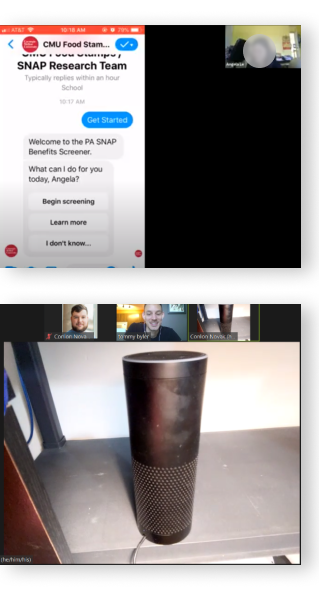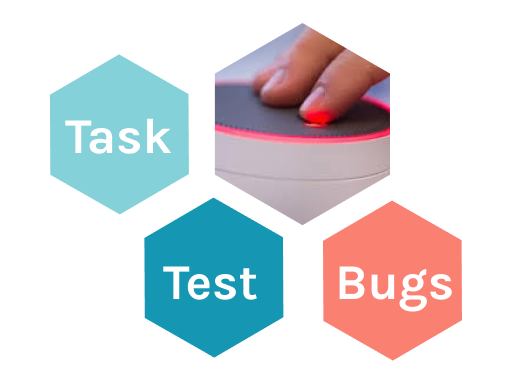research goals
To improve our designs, we evaluated our prototypes for usability
Our primary goal was to improve our designs based on experiences real applicants may experience with our tools.
Another one of our goals was to uncover user pain points and expectations based on their mental models with voice and assistant experiences, like Alexa and Messenger bot.
Evaluating usability of our two designs - for Alexa and Messenger - was key to our testing.



